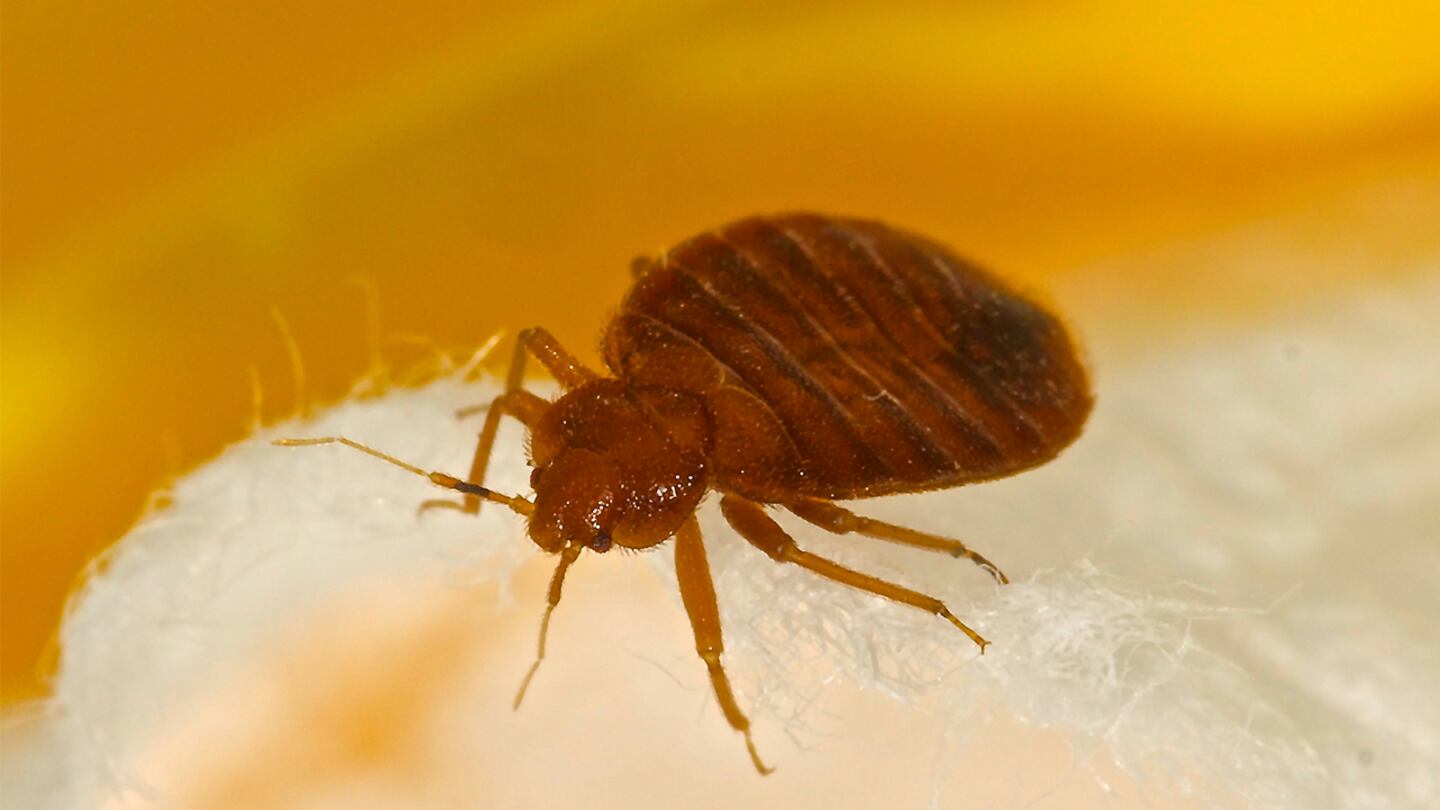Bedbugs can find their way into your home through your luggage, clothing, used mattresses and even more items, according to WebMD. And once you get them, they can be extremely hard to get rid of.
The small pests live on the blood of animals or humans.
The United States Environmental Protection Agency has information on what to look out for and where you can find bed bugs:
Here are the signs to look for:
- Rusty or reddish stains on bed sheets or mattresses caused by bed bugs being crushed.
- Dark spots (about this size: •), which are bed bug excrement and may bleed on the fabric like a marker would.
- Eggs and eggshells, which are tiny (about 1mm) and pale yellow skins that nymphs shed as they grow larger.
- Live bed bugs.
Where they hide:
- In the seams of chairs and couches, between cushions, in the folds of curtains.
- In drawer joints.
- In electrical receptacles and appliances.
- Under loose wall paper and wall hangings.
- At the junction where the wall and the ceiling meet.
- Even in the head of a screw.
Click here to read more about bed bugs from the EPA.
To help detect bed bugs, Orkin officials offered homeowners and travelers the following tips:
- Inspect your home for signs of bed bugs regularly.
- Decrease clutter around your home to make it easier to spot bed bugs on your own or during professional inspections.
- Inspect all secondhand furniture before bringing it inside your home. This is a common way for bed bugs to be introduced into homes.
- Dry potentially infested bed linens, curtains and stuffed animals on the hottest temperature allowed for the fabric.
The EPA said it will take time and patience to get rid of bed bugs and there is no quick fix. They said some options include controlling bed bugs using integrated pest management, including both chemical and nonchemical techniques, a do-it-yourself approach or hiring a pest management professional.
© 2020 Cox Media Group






